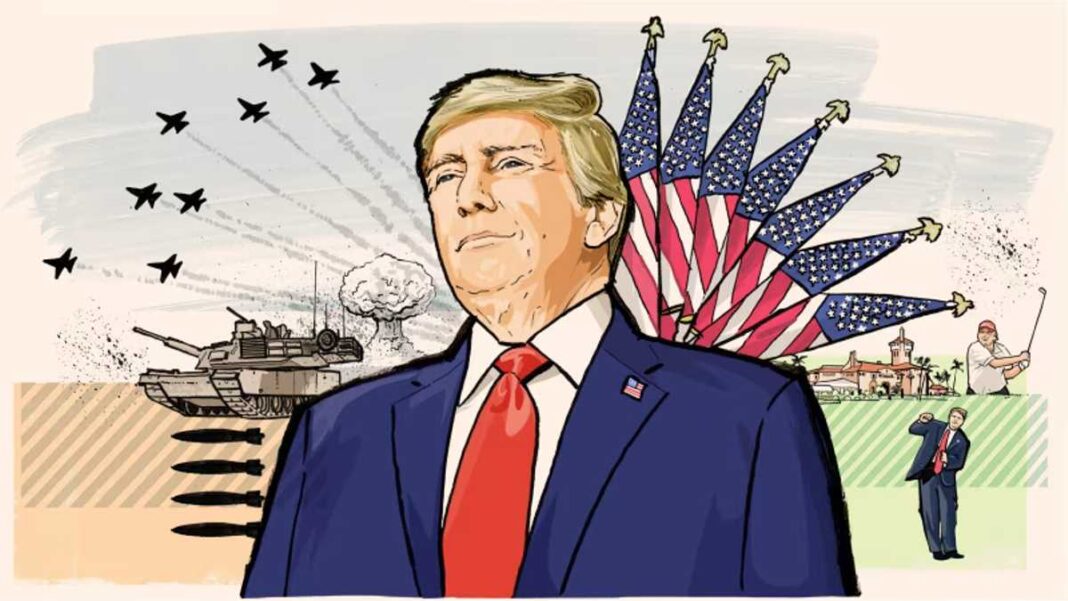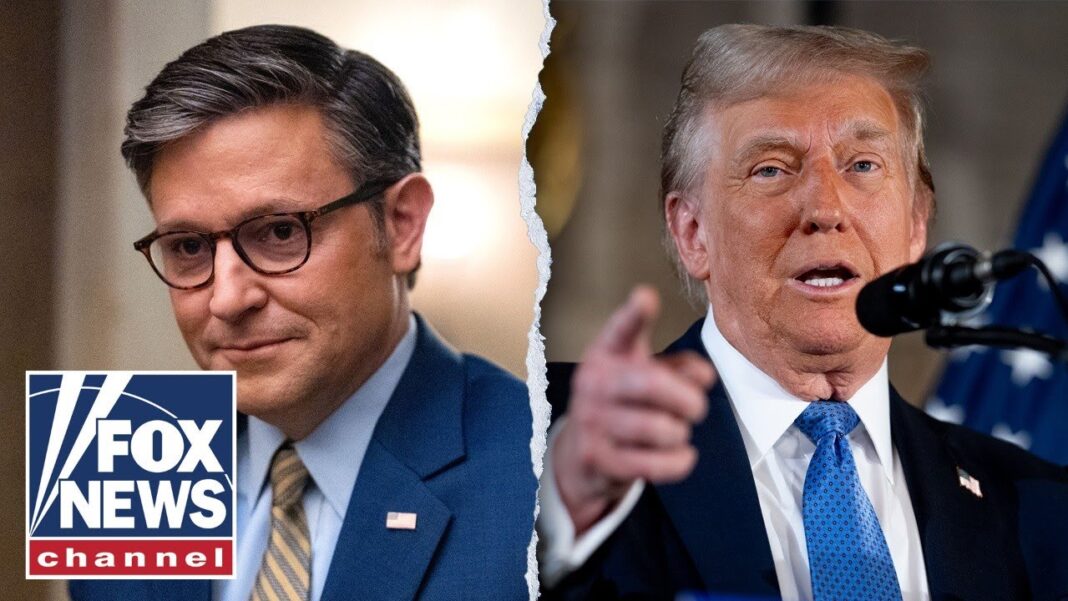
After the most dramatic comeback in modern US history, the president-elect promises a new era of sweeping deregulation and a profound shift to the cultural right
On January 20 2021, Donald Trump boarded Air Force One for what most people assumed was the last time. He was going back to Palm Beach. A fortnight earlier he had helped goad a mob assault on Capitol Hill — the first attack on America’s legislature since it was set on fire by British troops during the war of 1812.
Few of Trump’s entourage turned up at Andrews Air Force Base to wave him off. Mitch McConnell, the Senate Republican leader, had just called Trump a “despicable human being”. Rupert Murdoch, owner of Fox News, which had been Trump’s biggest cheerleader, vowed in an internal email to make him a “non-person”.
Much of America and the world agreed with Joe Biden’s contention that Trump’s presidency had been “an aberrant moment”. A handful of loyalists, notably Steve Bannon, Kash Patel, Richard Grenell, Stephen Miller, Peter Navarro and Boris Epshteyn stuck with Trump over the following months. In Maga mythology, this was Trump’s wilderness period.
“Mar-a-Lago was like East Berlin,” recalls Bannon, a self-declared nationalist-populist who was Trump’s chief strategist during his first year in office. “We were a band of pirates. Everybody else was writing Trump off.”
Trump’s rebound since then is the most dramatic comeback in modern US history — and arguably since the republic’s founding. Only once before, with Grover Cleveland in 1892, has a US president been returned to office for non-consecutive terms. The Financial Times made Trump its “Person of the Year” in 2016. This year Trump is again the FT’s pick because of the remarkable nature of his return to power. It is no longer possible to dismiss Trump as a blip.
By Edward Luce








